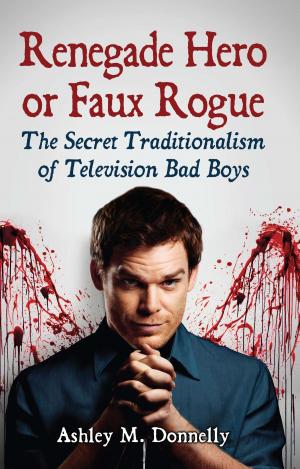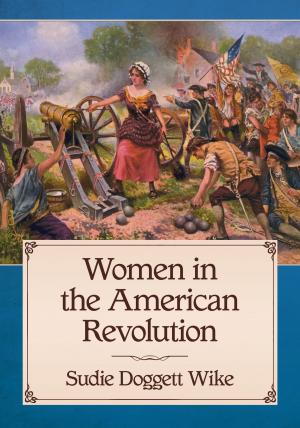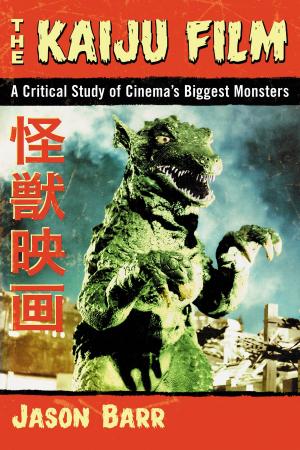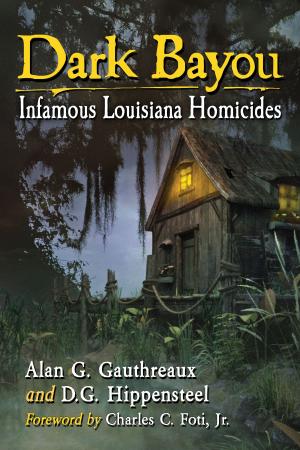The Past That Might Have Been, the Future That May Come
Women Writing Fantastic Fiction, 1960s to the Present
Fiction & Literature, Literary Theory & Criticism, Science Fiction, Nonfiction, Social & Cultural Studies, Social Science, Gender Studies, Women&| Author: | Lauren J. Lacey | ISBN: | 9781476614304 |
| Publisher: | McFarland & Company, Inc., Publishers | Publication: | December 7, 2013 |
| Imprint: | Language: | English |
| Author: | Lauren J. Lacey |
| ISBN: | 9781476614304 |
| Publisher: | McFarland & Company, Inc., Publishers |
| Publication: | December 7, 2013 |
| Imprint: | |
| Language: | English |
This book explores how contemporary fantastic fiction by women writers responds to the past and imagines the future. The first two chapters look at revisionist rewritings of fairy tales and historical texts; the third and fourth focus on future-oriented narratives including dystopias and space fiction. Writers considered include Margaret Atwood, Octavia E. Butler, Angela Carter, Ursula K. Le Guin, Doris Lessing, and Jeanette Winterson, among others. The author argues that an analysis of how past and future are understood in women’s fantastic fictions brings to light an “ethics of becoming” in the texts—a way of interrupting, revising and remaking problematic power structures that are tied to identity markers like class, gender and race. The book reveals how fantastic fiction can be read as narratives of disruption that enable the creation of an ethics of becoming.
This book explores how contemporary fantastic fiction by women writers responds to the past and imagines the future. The first two chapters look at revisionist rewritings of fairy tales and historical texts; the third and fourth focus on future-oriented narratives including dystopias and space fiction. Writers considered include Margaret Atwood, Octavia E. Butler, Angela Carter, Ursula K. Le Guin, Doris Lessing, and Jeanette Winterson, among others. The author argues that an analysis of how past and future are understood in women’s fantastic fictions brings to light an “ethics of becoming” in the texts—a way of interrupting, revising and remaking problematic power structures that are tied to identity markers like class, gender and race. The book reveals how fantastic fiction can be read as narratives of disruption that enable the creation of an ethics of becoming.















